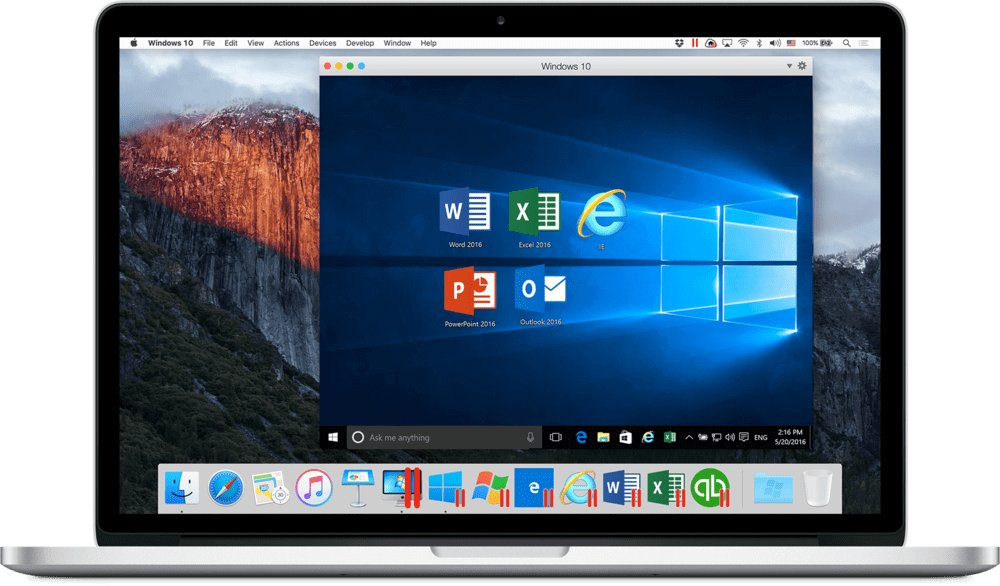

There are several different virtual machine programs you can choose from: If you still need Windows XP for older apps, you could run it in a VM where at least the harm of running an old, unsupported OS is mitigated. Sandboxing also allows you to run insecure OSes more safely.

RELATED: Tell Your Relatives: No, Microsoft Won't Call You About Your Computer This makes VMs a safe place to test apps-or websites-you don’t trust and see what they do.įor example, when the “Hi, we’re from Windows” scammers came calling, we ran their software in a VM to see what they would actually do-the VM prevented the scammers from accessing our computer’s real operating system and files. Software inside a VM can’t escape the VM to tamper with the rest of your system. RELATED: Sandboxes Explained: How They're Already Protecting You and How to Sandbox Any ProgramĪnother advantage VMs provide is that they are “ sandboxed” from the rest of your system.

If you want to run a later version of Windows-like Windows 10-but have older apps that only run on XP, you could install Windows XP into a VM. For example, as a Linux or Mac user, you could install Windows in a VM to run Windows apps you might not otherwise have access to. VMs also provide a way to run another OS’ software. When you’re done playing with an OS, you can just delete the VM. For example, they are a great way to mess around with Linux-or a new Linux distribution-and see if it feels right for you. They allow you to experiment with another OS without having to install it on your physical hardware. Why You’d Want to Create a Virtual MachineĪside from being good geeky fun to play around with, VMs offer a number of serious uses.


 0 kommentar(er)
0 kommentar(er)
